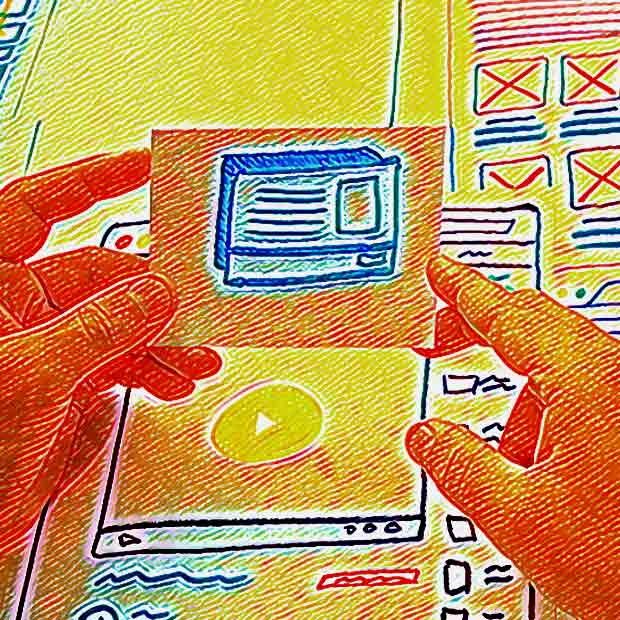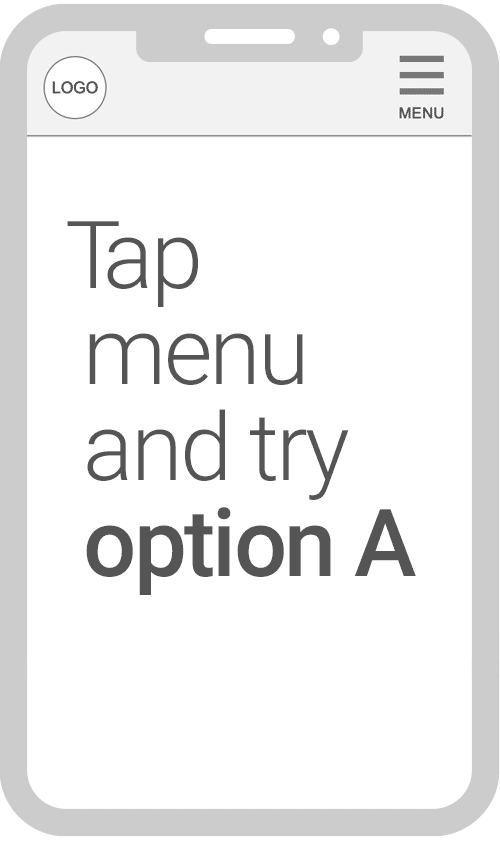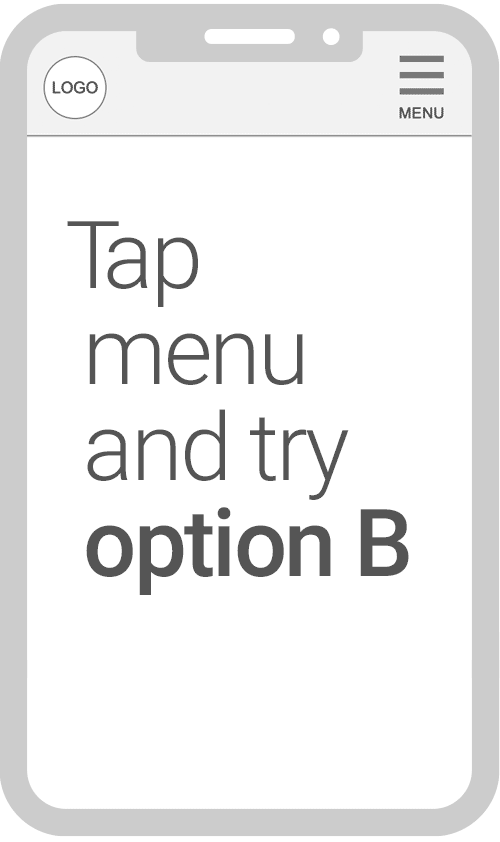I’m often in meetings where people are planning a change to a particular feature or making an enhancement to a website or app. Naturally there are sometimes differences of opinion about the best approach to take. That’s good because exploring different options is one way to get to the best approach. But what doesn’t happen often enough in these situations is to create prototypes to test various options. As I like to say, as soon as you know how something is supposed to work you can’t see it from the perspective of someone who doesn’t.
A simple solution
The quotation, “If a picture is worth a thousand words, a prototype is worth a thousand meetings” is a famous saying at IDEO. There’s a simple way to resolve debates about the best approach: create prototypes of different options and test them. Find a few people who are representative of typical users and who are not familiar with the project. Ask then to review the prototypes and provide their thoughts. The exact methodology for this process can vary from informal to formal and simple to complex depending on the project. But it’s my view that employing this idea with rapid prototyping and a handful of people (even 2-3 is sometimes enough) is extremely valuable.
Prototyping is a powerful tool. It allows us to quickly iterate on ideas, test out different approaches, and get feedback from users before committing to a final solution. By creating prototypes, teams can reduce the risk of building the wrong thing, save time and money, and ultimately create better products. The prototyping process can help foster innovation and creativity, as well as improve team collaboration and communication.
There are many different types of prototypes, ranging from low-fidelity sketches to fully functional mockups. The key is to choose the right level of fidelity for the stage of the project and the questions you’re trying to answer. For example, in the early stages of a project, you might start with paper sketches or low-fidelity wireframes to explore different layouts and user flows. As you get closer to a final design, you might create more high-fidelity prototypes that simulate interactions and animations.
Try it yourself
To that last point, I find that it’s particularly difficult for people to imagine interactivity. It’s easier to show how interactivity works than to try to describe it. For example, take a look at the mobile navigation prototypes A and B below. Rather than debating the merits in a meeting while trying to visualize the interactivity, imagine how much more effective it would be to determine the best solution by allowing unbiased users to click through interactive prototypes and give their opinions.
Option A uses a relatively common approach to 3-level mobile navigation.
Option B is a less conventional approach to 3-level mobile navigation.
Of course, these prototypes would be more effective for exploring testers’ preferences if the placeholder content was replaced with actual titles for the sections, subsections and pages relevant to the project. But you get the idea.
Test early and often
One of the biggest benefits of prototyping is that it allows you to test assumptions and get feedback from users early and often. Instead of relying on meetings full of guesswork, you can gather real data about how people interact with your product and use that to inform your decisions. This can help you identify issues and opportunities that you might not have otherwise considered.
Another benefit of prototyping is that it can help you build consensus among stakeholders. When different people have different opinions about how something should work, it can be hard to make progress. By creating prototypes, you can visualize different options and get everyone on the same page. This can help to avoid endless debates and ensure that everyone is working towards the same goal. A prototype is worth a thousand meetings.
Whether you’re a designer, product manager, website owner, marketer, or developer, prototyping can be a key part of your toolkit. So next time you find yourself in a meeting where people are debating the best approach, suggest creating a prototype and see where it takes you.


